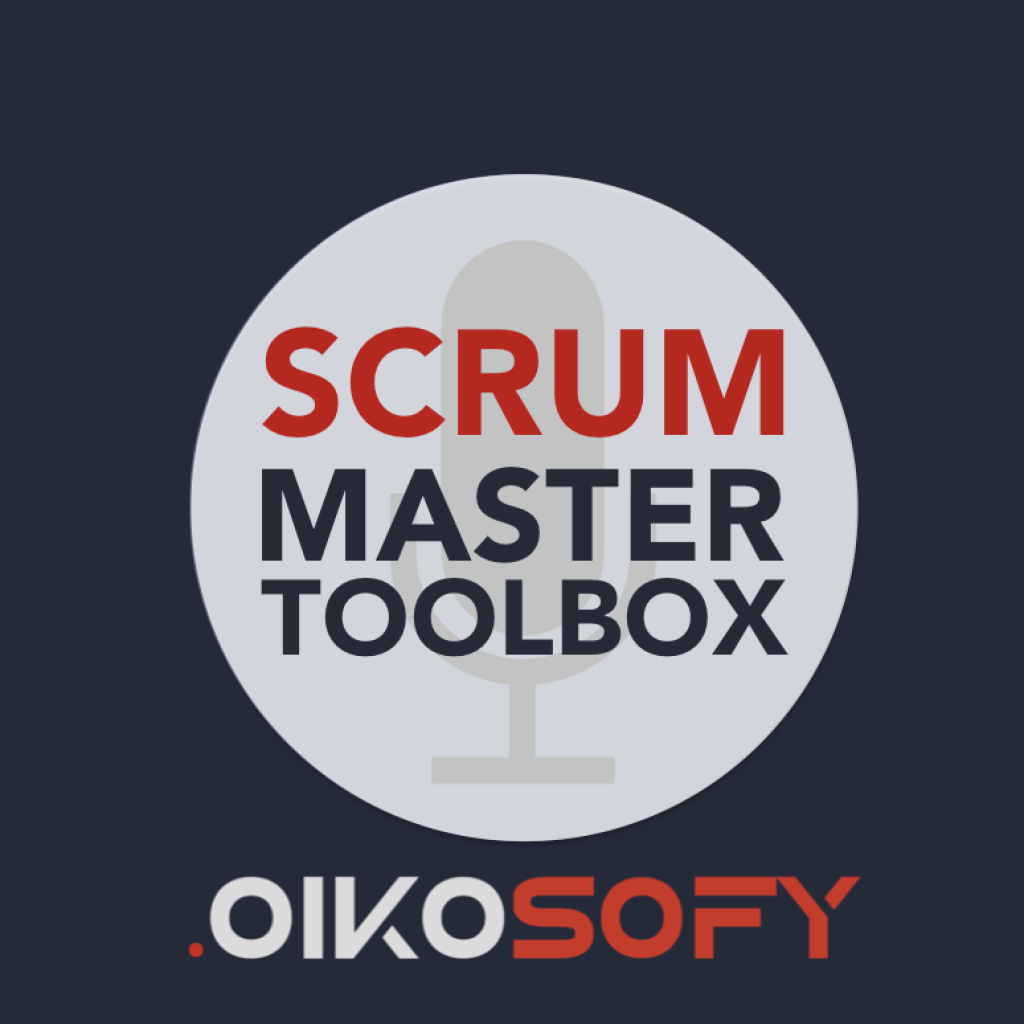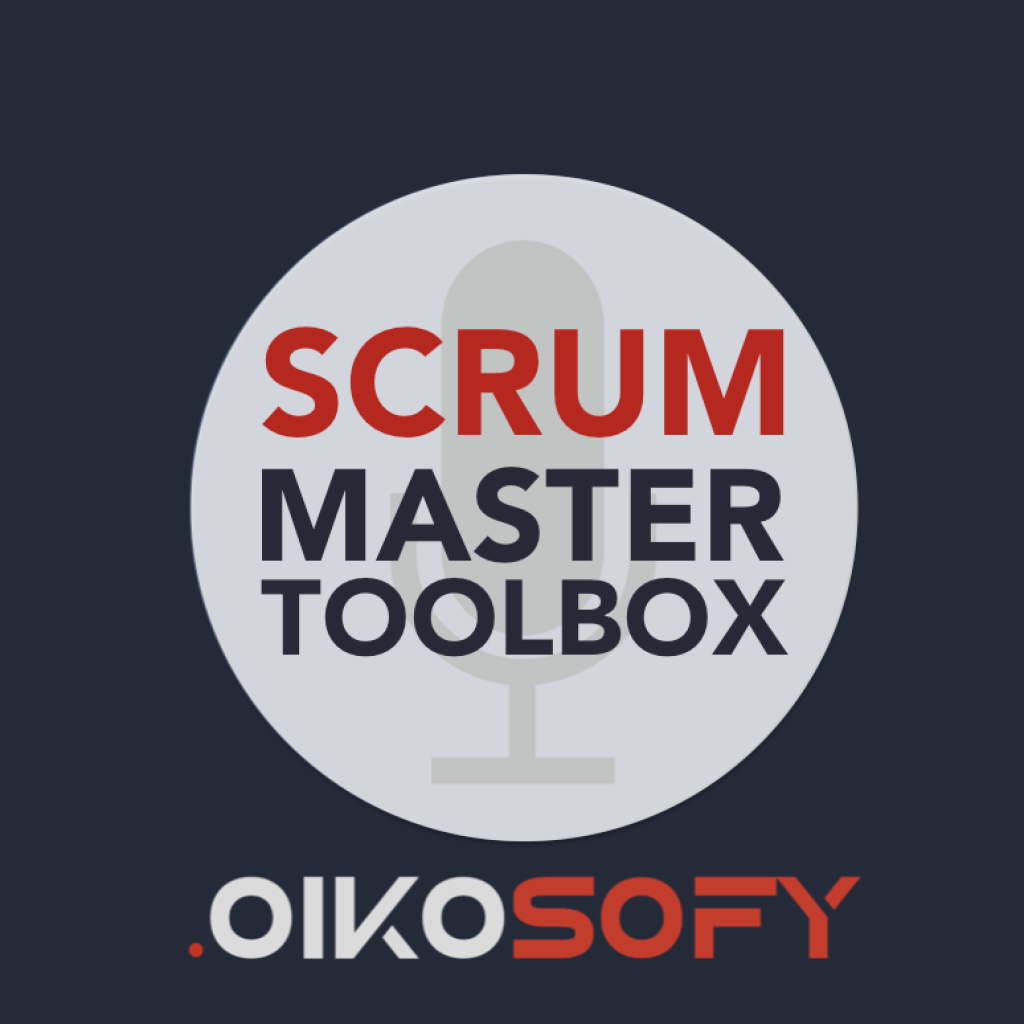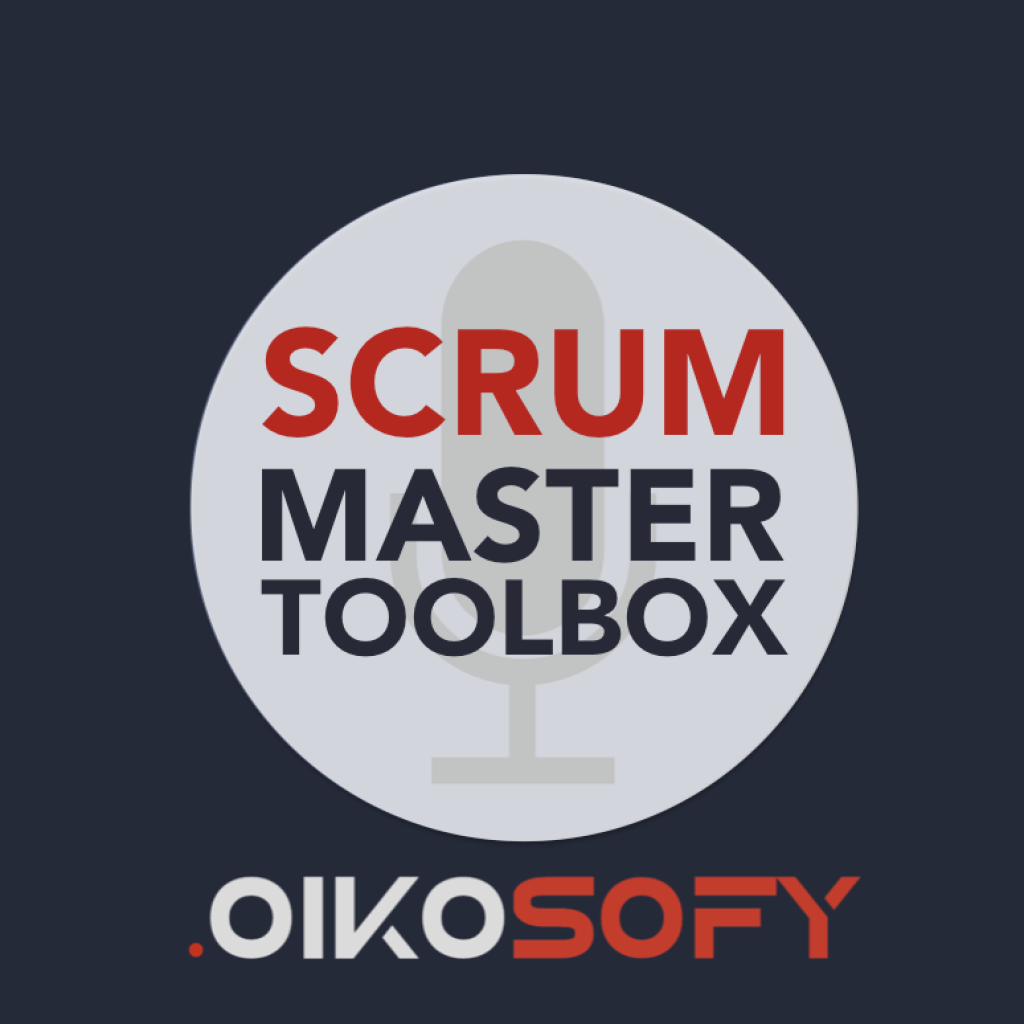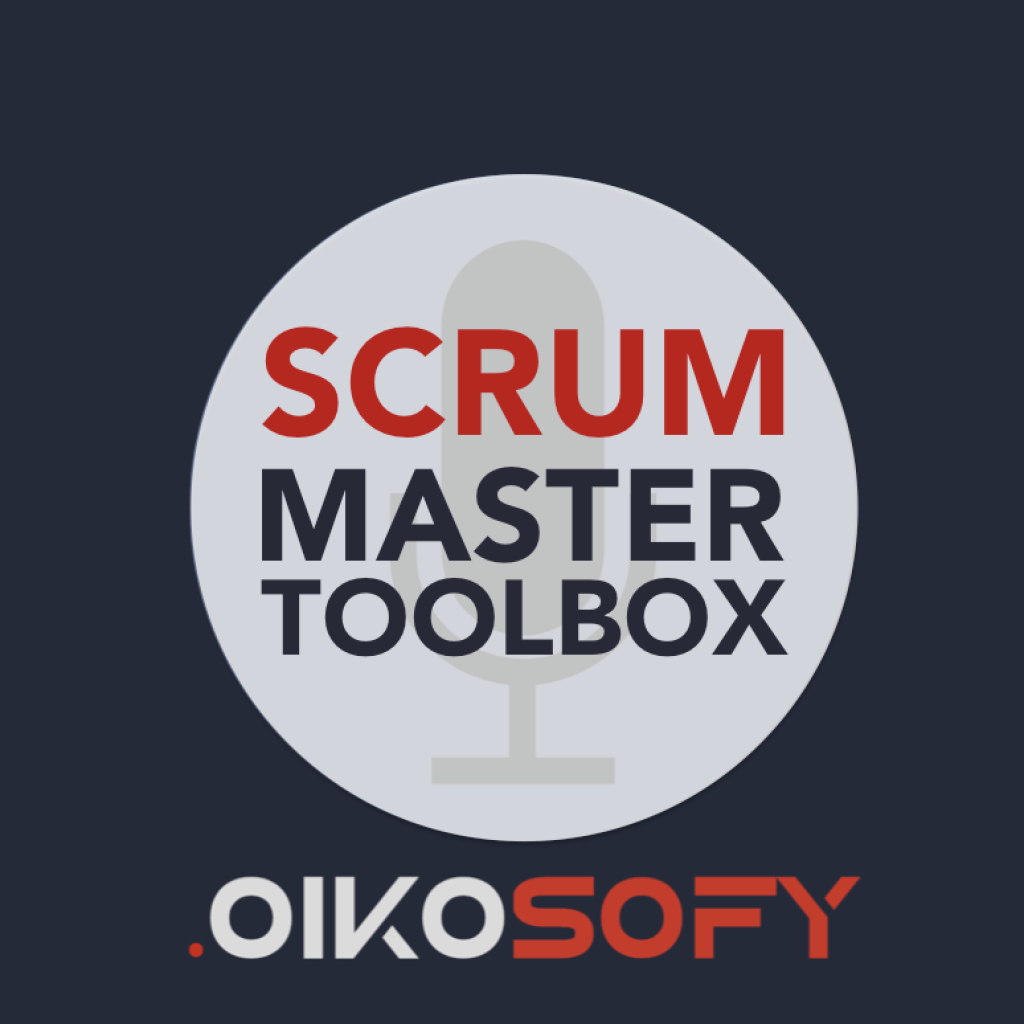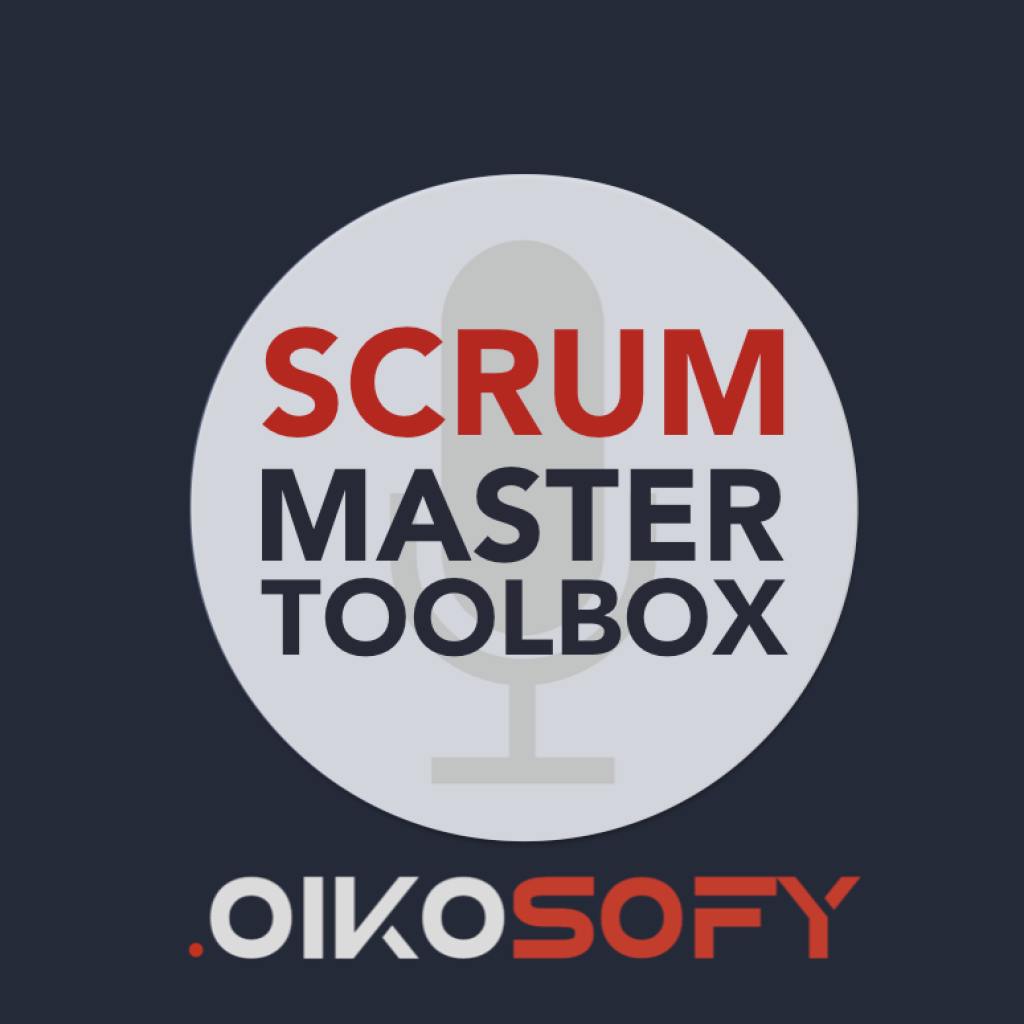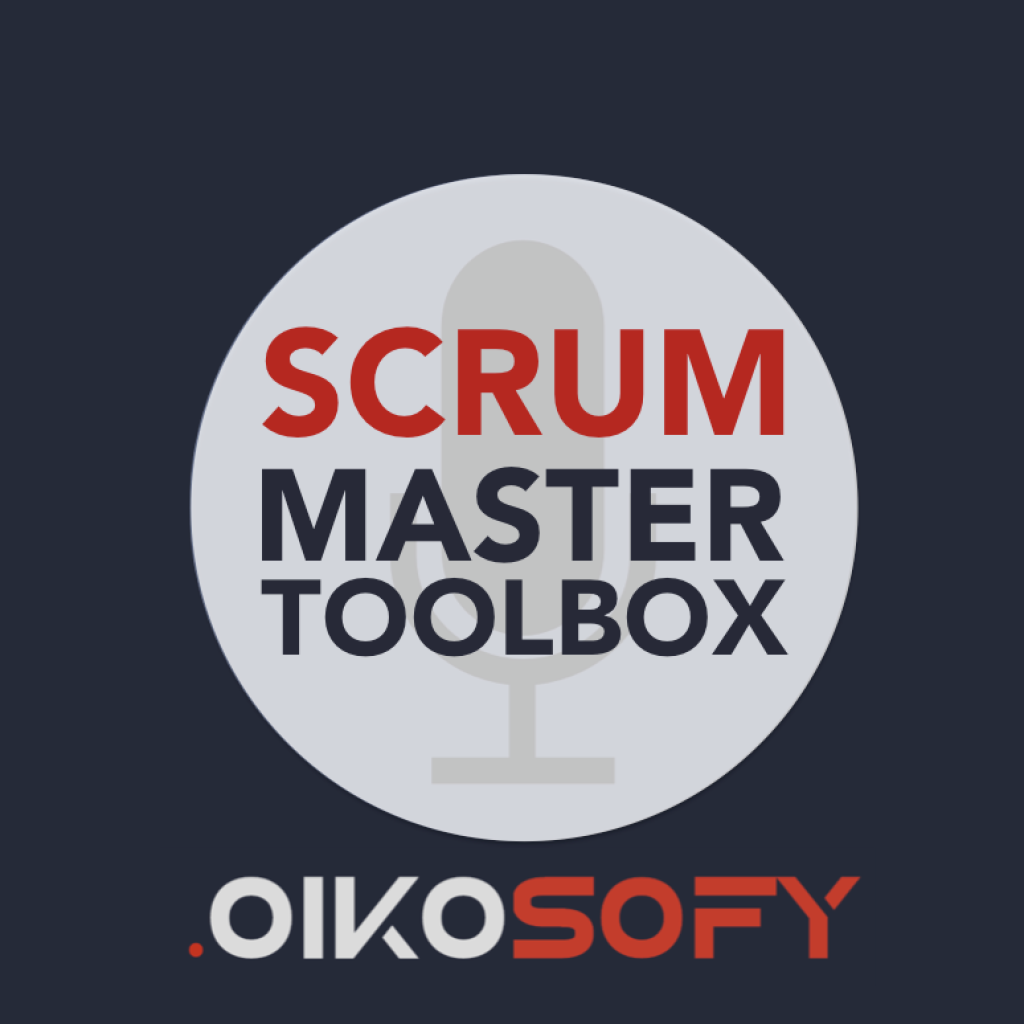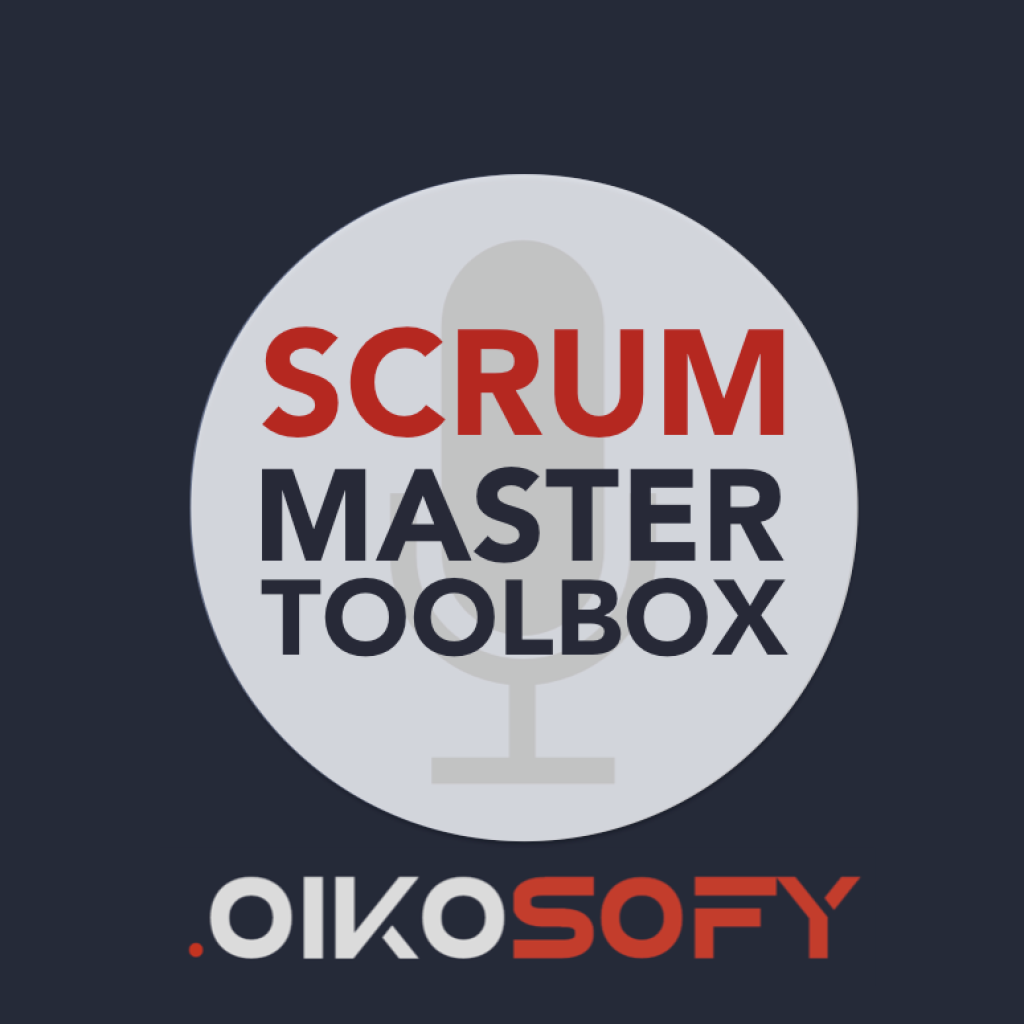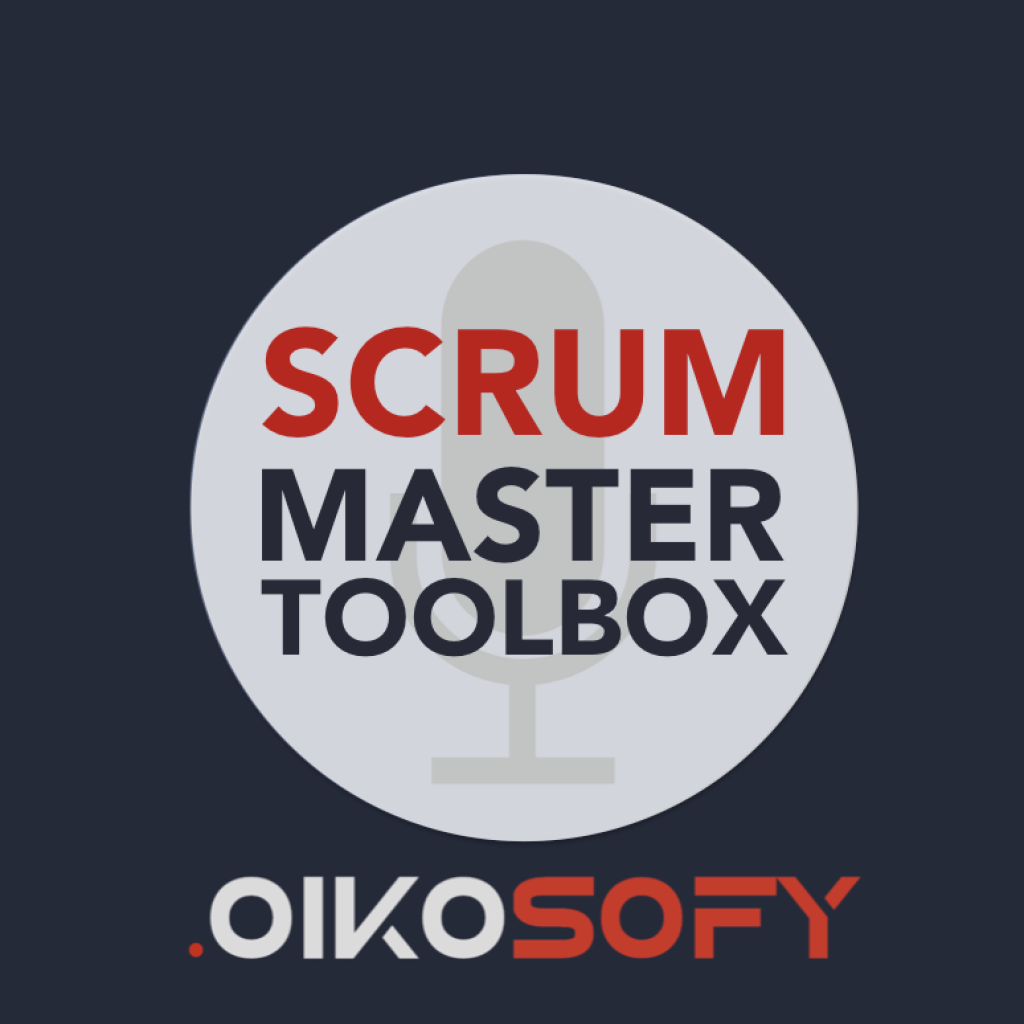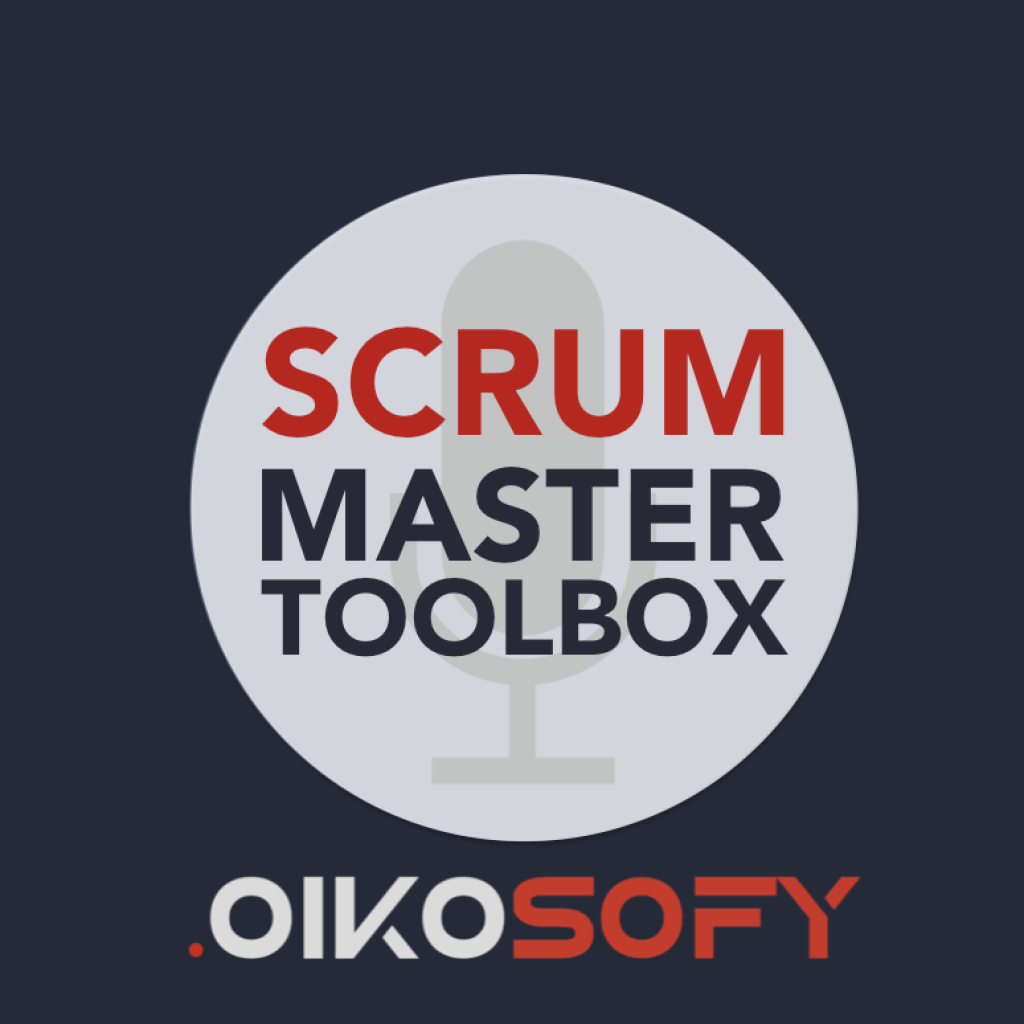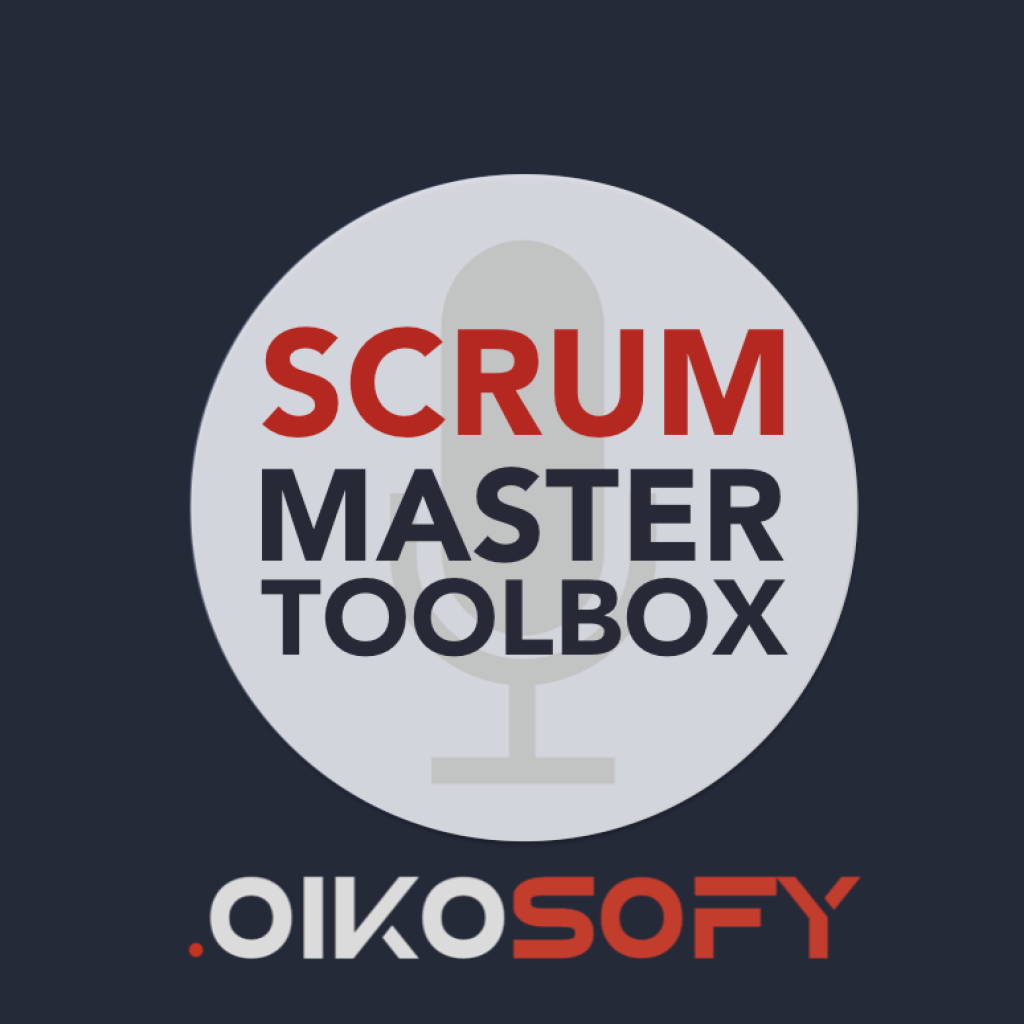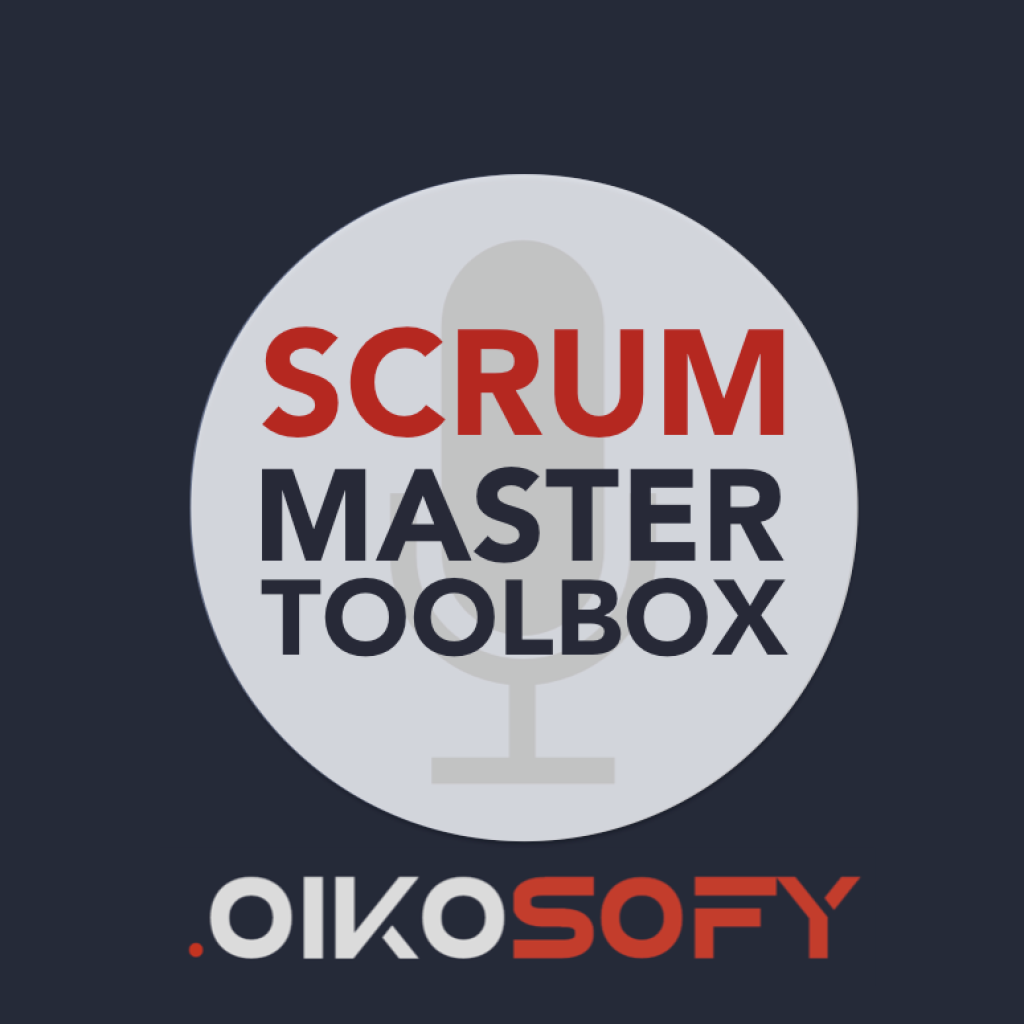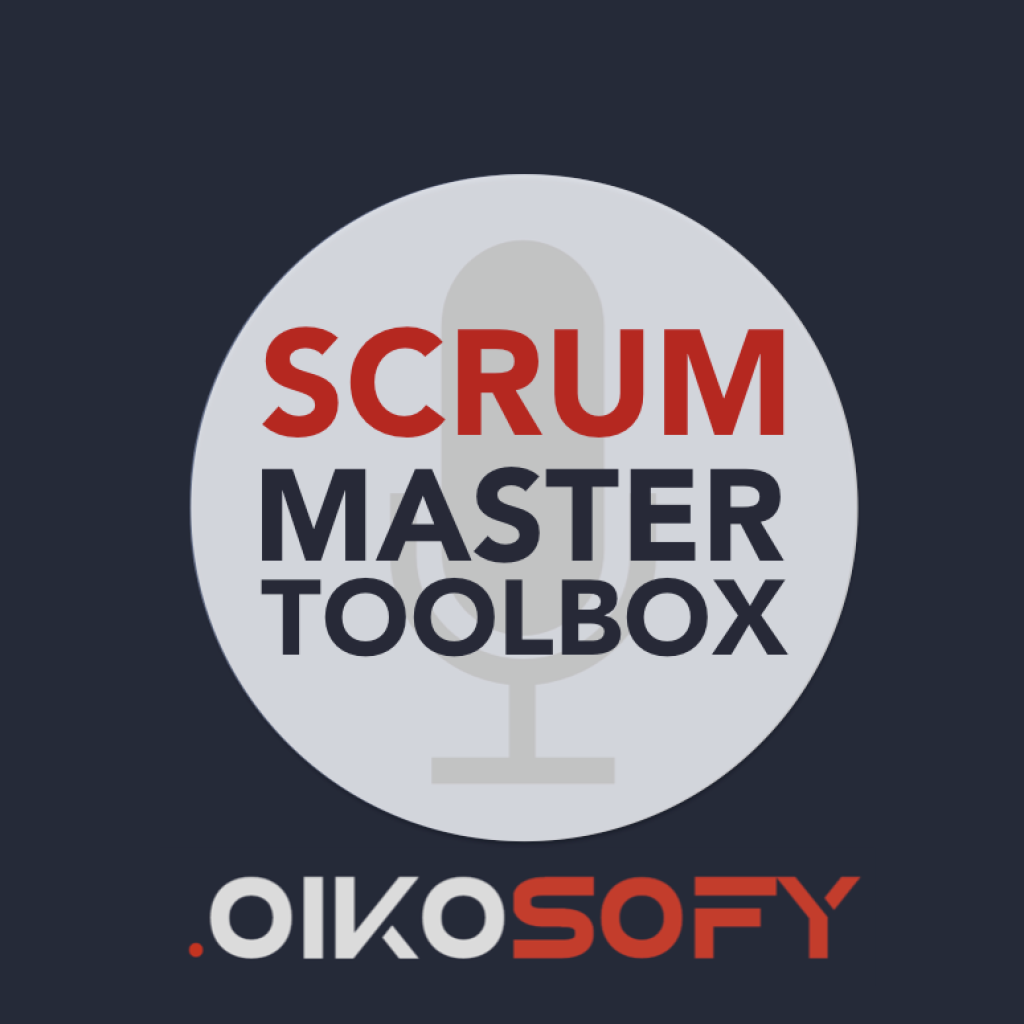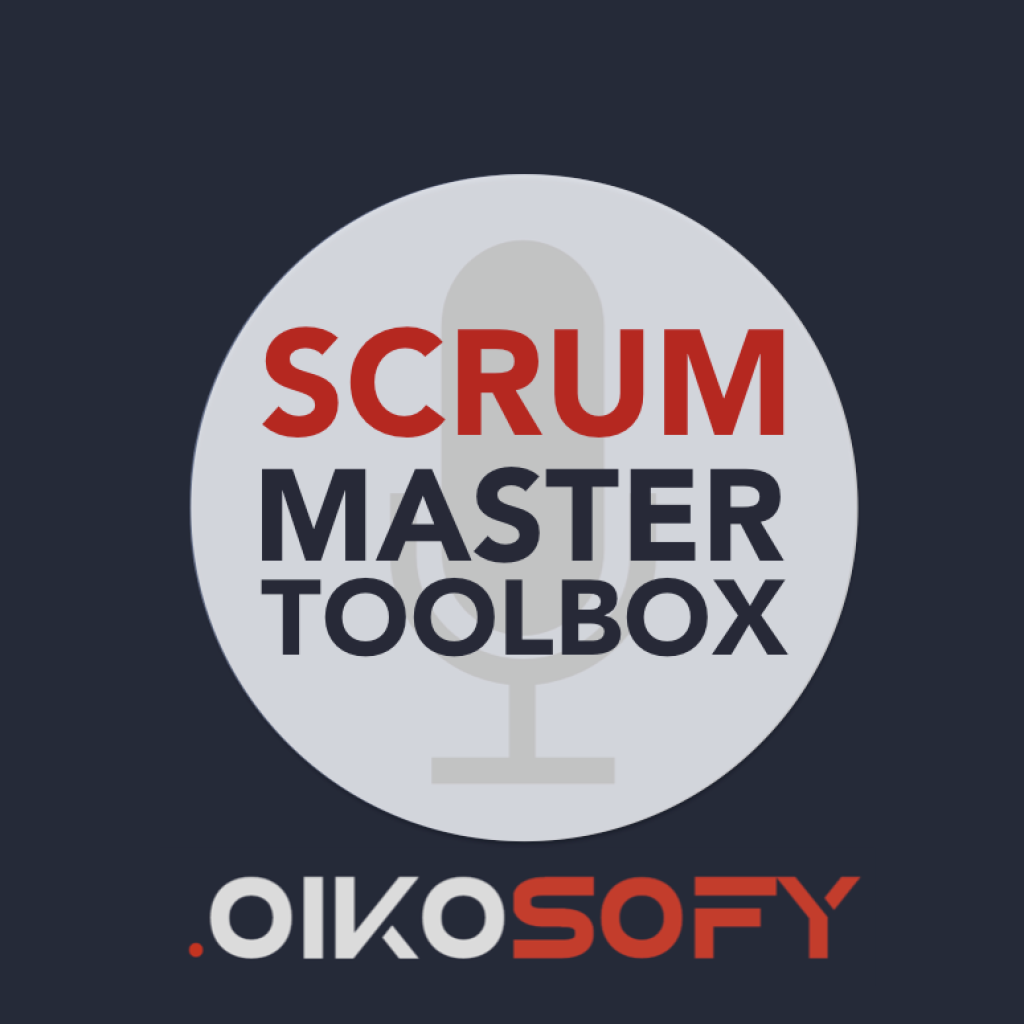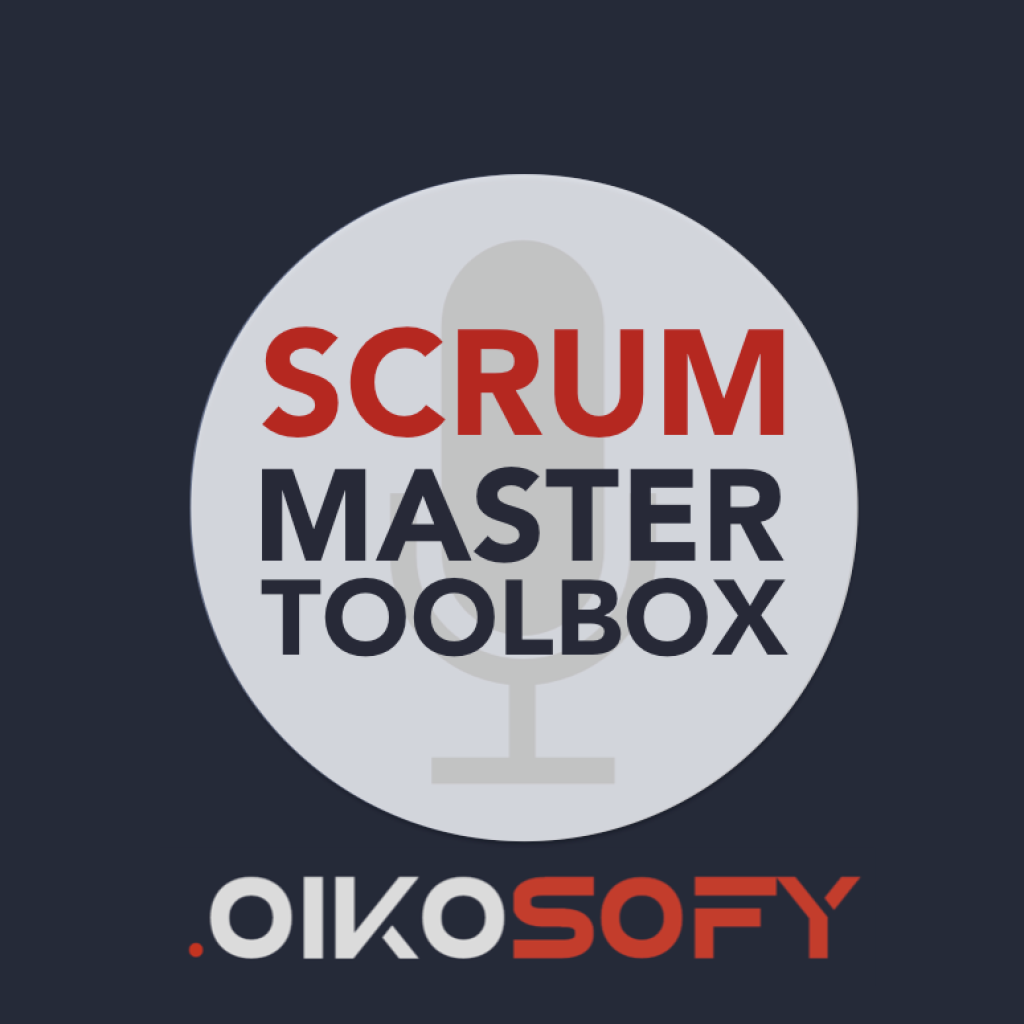AI Assisted Coding: Augmented AI Development - Software Engineering First, AI Second With Dawid Dahl
Description
BONUS: Augmented AI Development - Software Engineering First, AI Second
In this special episode, Dawid Dahl introduces Augmented AI Development (AAID)—a disciplined approach where professional developers augment their capabilities with AI while maintaining full architectural control. He explains why starting with software engineering fundamentals and adding AI where appropriate is the opposite of most frameworks, and why this approach produces production-grade software rather than technical debt.
The AAID Philosophy: Don't Abandon Your Brain
"Two of the fundamental developer principles for AAID are: first, don't abandon your brain. And the second is incremental steps."
Dawid's Augmented AI Development framework stands in stark contrast to "vibecoding"—which he defines strictly as not caring about code at all, only results on screen. AAID is explicitly designed for professional developers who maintain full understanding and control of their systems. The framework is positioned on the furthest end of the spectrum from vibe coding, requiring developers to know their craft deeply. The two core principles—don't abandon your brain, work incrementally—reflect a philosophy that AI is a powerful collaborator, not a replacement for thinking. This approach recognizes that while 96% of Dawid's code is now written by AI, he remains the architect, constantly steering and verifying every step.
In this segment we refer to Marcus Hammarberg's work and his book The Bungsu Story.
Software Engineering First, AI Second: A Hill to Die On
"You should start with software engineering wisdom, and then only add AI where it's actually appropriate. I think this is super, super important, and the entire foundation of this framework. This is a hill I will personally die on."
What makes AAID fundamentally different from other AI-assisted development frameworks is its starting point. Most frameworks start with AI capabilities and try to add structure and best practices afterward. Dawid argues this is completely backwards. AAID begins with 50-60 years of proven software engineering wisdom—test-driven development, behavior-driven development, continuous delivery—and only then adds AI where it enhances the process. This isn't a minor philosophical difference; it's the foundation of producing maintainable, production-grade software. Dawid admits he's sometimes "manipulating developers to start using good, normal software engineering practices, but in this shiny AI box that feels very exciting and new." If the AI wrapper helps developers finally adopt TDD and BDD, he's fine with that.
Why TDD is Non-Negotiable with AI
"Every time I prompt an AI and it writes code for me, there is often at least one or two or three mistakes that will cause catastrophic mistakes down the line and make the software impossible to change."
Test-driven development isn't just a nice-to-have in AAID—it's essential. Dawid has observed that AI consistently makes 2-3 mistakes per prompt that could have catastrophic consequences later. Without TDD's red-green-refactor cycle, these errors accumulate, making code increasingly difficult to change. TDD answers the question "Is my code technically correct?" while acceptance tests answer "Is the system releasable?" Both are needed for production-grade software. The refactor step is where 50-60 years of software engineering wisdom gets applied to make code maintainable. This matters because AAID isn't vibe coding—developers care deeply about code quality, not just visible results. Good software, as Dave Farley says, is softwar

